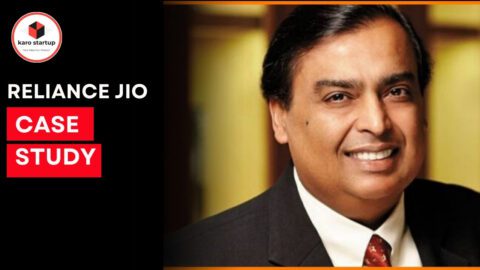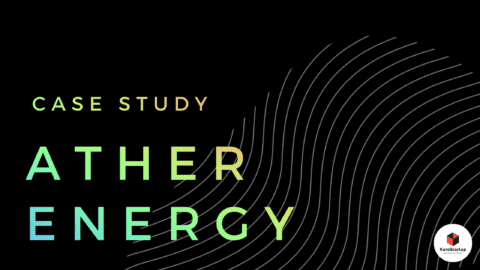27 February 2024 – In the competition of large language models (LLMs), OpenAI, the creator of ChatGPT, has long been considered the frontrunner. However, a French startup named Mistral is stepping into the arena, unveiling its Mistral-Large model on February 26th. Despite being smaller in terms of parameters compared to OpenAI’s GPT-4, Mistral-Large showcases remarkable performance, particularly in reasoning. The startup, founded less than a year ago, has not only entered the competitive space but is gaining attention for its unique approach and strategic alliances.
About Mistral:
Founded just a year ago, Mistral has rapidly become a major player in the open-source LLM landscape. With a team of 25 employees, Mistral’s models are leading the pack of open-source models, differentiating itself by offering publicly available and modifiable statistical models. Backed by funding of €490 million ($531 million), Mistral is valued at over $2 billion, attracting investments from Silicon Valley venture capitalists and tech luminaries like Eric Schmidt.
Technical Prowess and Strategy:
Mistral’s success is attributed to a combination of talent, data curation, and efficient use of computing power. Its founders, with roots in France’s elite technical schools and experience at Google and Meta’s Paris labs, possess the expertise to train cutting-edge models. Mistral’s strategic data curation enables its models to be smaller yet powerful, with billions of parameters compared to OpenAI’s estimated 1.8 trillion for GPT-4. This approach allows customers to run the models on their computers, reducing dependence on massive data centers.
Beyond technical expertise, Mistral strategically blends political influence into its formula. With Cédric O, a former French digital minister, among its co-founders, Mistral navigates political landscapes adeptly. This is particularly valuable in an era where governments see advantages in nurturing home-grown LLMs. Mistral successfully opposed data disclosure provisions in the EU’s AI Act, showcasing the impact of its political connections.
Challenges and Future Prospects:
While Mistral is yet to generate substantial revenues, its bet is on businesses, especially in Europe, seeking more control over LLMs and avoiding dependence on American tech platforms. Mistral anticipates that customers will pay for the flexibility and control it offers. However, questions remain about how regulators will approach open-source models, especially as they become more powerful.
Conclusion:
Mistral’s emergence as a contender against OpenAI signals a shift in the landscape, emphasizing that in generative AI, size may not be everything. As Mistral continues to gain attention and alliances, its success could hinge on its ability to translate techno-political advantages into profits. The upcoming release of OpenAI’s GPT-5 will be a crucial test, determining whether Mistral’s focus on creativity, speed, and user control resonates in a field dominated by giants. Until then, Mistral’s journey remains a compelling narrative in the evolving landscape of generative artificial intelligence.




